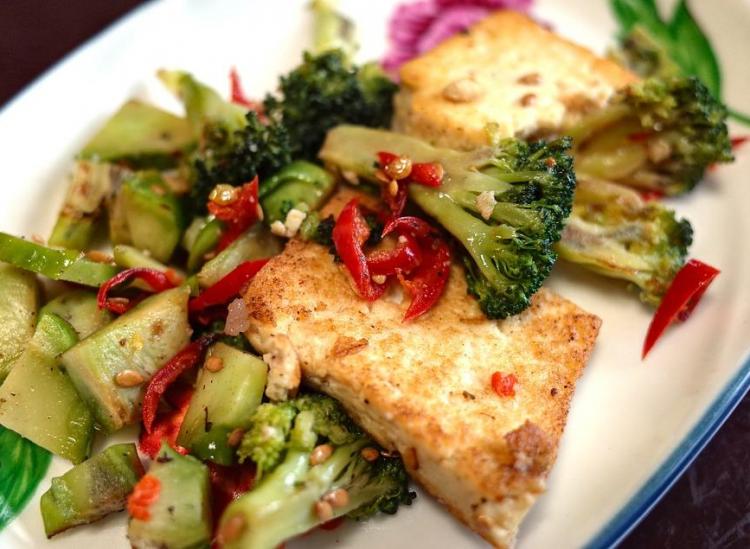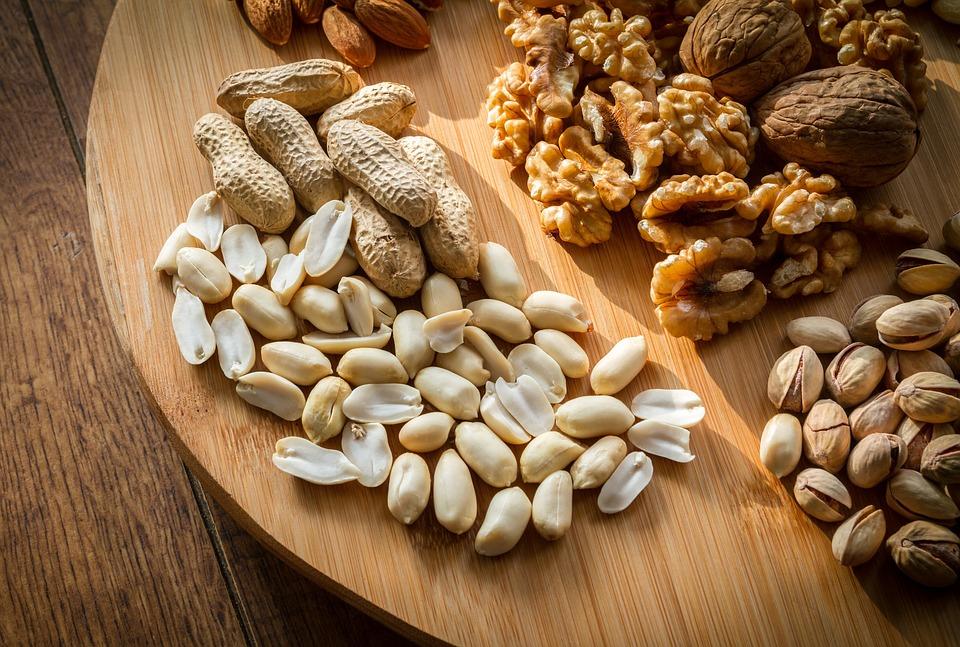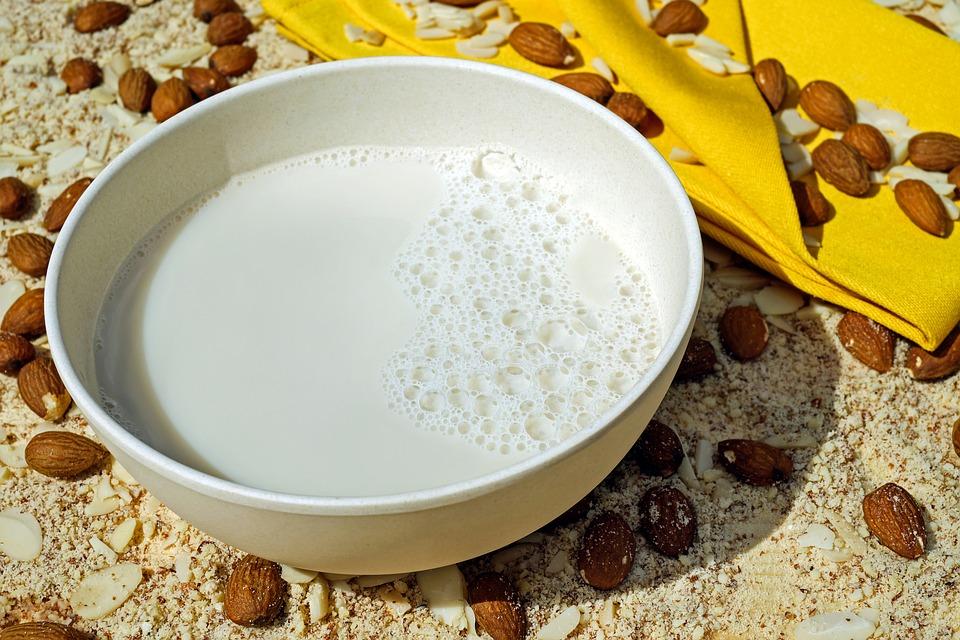This Is What A Vegan Keto Diet Looks Like

Pixabay
The ketogenic diet spread like wildfire throughout 2017, becoming one of the most popular (and extreme) nutritional trends for people to try. In order to change up the ways in which our bodies derive energy from the food we eat, the keto plan requires a significant shift from the typical quantities of macronutrients we consume. Keto dieters, on average, consume 80 percent fat, 15-20 percent protein and less than 5 percent carbohydrates.
Now, for many, this dietary layout relies heavily on the consumption of animal products — butter, cream, eggs, bacon, you name it. After all, how else are we supposed to stock up on so much fat without overdoing it in the land of carbs? It’s quite the conflicting task.
However, there is a way to go keto and avoid eating animals altogether. It requires a lot more meal planning and a deeper understanding of nutritional balance, but if you’re a vegan who also wants to give ketogenesis a shot, here’s what you need to know.

Pixabay
Veganism is a dietary lifestyle that naturally lends itself to a higher (healthy) carbohydrate content because it relies solely on plants, and many of the plants we commonly eat — grains, potatoes, legumes and fruits — are stocked with good-for-you carbs. But when going keto, that number needs to be reduced significantly and, instead, replaced with vegan-friendly fats.
With that said, vegan keto dieters need to avoid:
- Grains, including wheat, corn, rice, oats, barley, rye, spelt, millet, sorghum, teff, etc.
- Tubers, including potatoes, yams, etc.
- Legumes, including lentils, peas, any kind beans, etc.
- Fruits with the exception of avocados and berries
- Sugar, including honey, agave, maple syrup, etc.
But before you fall into a deep depression over all of the totally normal and healthy foods that are now off limits, check out all of the things you can have:
- Vegan “meats” like tempeh, tofu and seitan
- Mushrooms of all kinds
- Leafy greens like spinach, kale and chard
- Vegetables that grow above the ground like broccoli, cauliflower, squash, zucchini, etc.
- High-fat vegan “dairy” like unsweetened coconut yogurt, vegan cheeses, etc.
- Nuts and seeds of all kinds
- Avocados and berries
- Fermented foods like kimchi and sauerkraut
- Sea vegetables like kelp
- Sweeteners like Stevia, erythritol and monk fruit
- Oils including coconut oil, olive oil, MCT oil, avocado oil, etc.

Pixabay
And some even better news: it’s fairly easy to make substitutes in standard keto recipes to make them vegan. All you have to do is replace whole milk with coconut milk, replace butter with vegan butter, replace yogurt with a nut-based option like almond yogurt… you get the idea. And just make sure that when you’re shopping around, you ultimately pick products without any added sugars, hidden carbs or sketchy (read: chemical-based) ingredients.
The main struggle with going vegan keto is scoring enough fat in your diet each day.
That’s where healthy oils come in. Coconut oil, olive oil, avocado oil and MCT oil will be your new best friends. You’ll need to use these in the bulk of the dishes you prepare to add fat to your macros balance as well as keep you feeling full and satisfied. So roast, sauté and bake your heart out with these guys.
Nuts and seeds are also amazing sources of healthy, essential fats, so you’ll want to keep a bunch on hand for snacks and as main dish toppers. The only area of concern with these fatty bites is that a lot of varieties also have a fair amount of carbs in them, which is a serious no-no on a keto diet plan. So make sure you do your research when picking the nut and seed varieties to include in your standard meal prepping.
Protein, on the other hand, will be surprisingly easy to get your hands on.
The keto diet only requires that 15-20 percent of your daily calories come from protein, so as long as you include tofu, tempeh, seitan and other vegan “meats” in your diet throughout the week, you’ll fair just fine. Not to mention, nuts and seeds provide an additional protein boost as well.
Now for the fun part — some meal inspiration!
Check out the lovely vegan keto meals below to find out just how much variety and flavor you can keep in your diet if you take the time to really do your research and plan your recipes ahead of time.
Crispy BBQ Cauliflower Wings With Vegan Ranch Dressing
Mexican Ground “Beef” With Cauliflower Rice And Avocado
Almond Bread With Tempeh Scramble And Avocado
Spicy Pumpkin Cream Soup
Grain-Free Chocolate Chip Pumpkin Pie Bars
Hey, at least dessert isn’t off limits, right?











